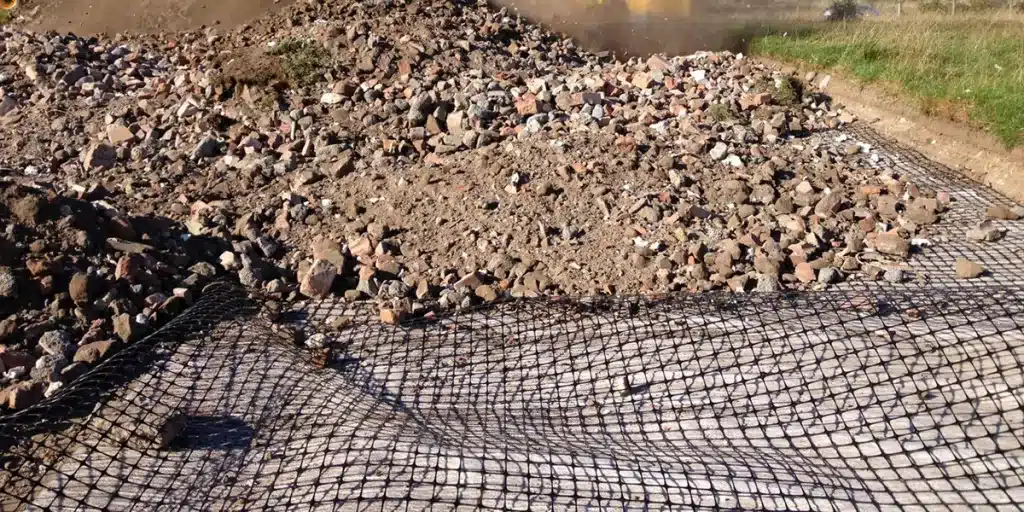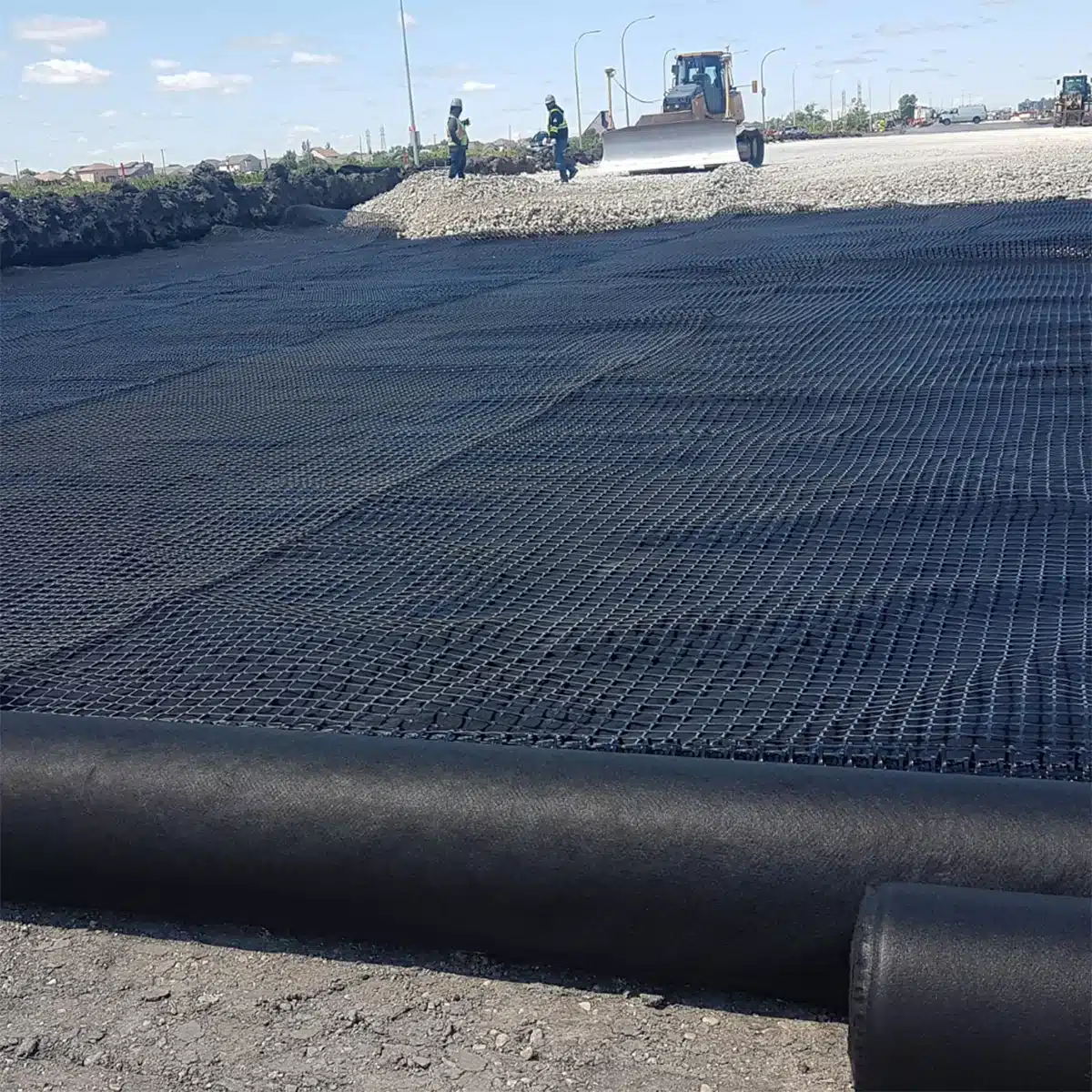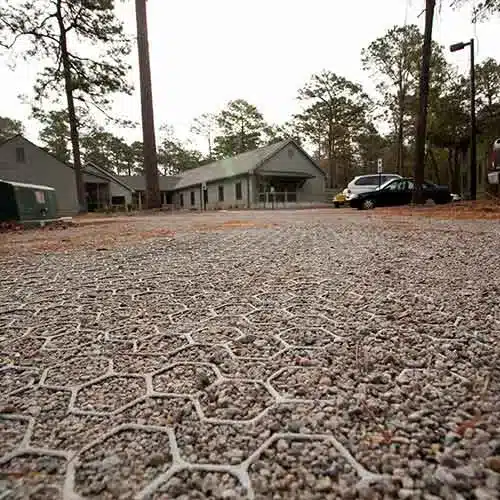Exploring the Role of Geosynthetics in Soil Reinforcement: A Comprehensive Guide
Geosynthetics play a pivotal role in bolstering the stability and durability of soil structures in diverse civil engineering endeavors. These innovative materials, encompassing geogrids, geotextiles, geocomposites, and more, are engineered to fortify soil, providing enhanced strength and resilience. Their strategic integration reinforces soil, mitigates erosion, and enhances load-bearing capacities, ensuring the longevity and reliability of construction projects. Discover how geosynthetics revolutionize soil reinforcement, offering sustainable solutions and greater structural integrity for diverse engineering applications.

Can geosynthetics be used as a soil reinforcement?
Certainly! Geosynthetics encompass a range of synthetic materials specifically designed to offer engineered solutions in various geotechnical and civil engineering scenarios. These materials, including geotextiles, geogrids, geomembranes, and geocomposites, possess remarkable attributes such as high tensile strength, durability, and resilience to environmental elements. When strategically integrated into soil structures, they serve various purposes, such as reinforcing, separating, filtering, draining, or safeguarding soil masses. Additionally, they are sometimes required to provide additional stability in the construction of embankments on soft soil.
What are geosynthetics used for soil stabilization?
Geosynthetics are extensively employed in soil stabilization, a process crucial for enhancing the load-bearing capacity of the ground:
- Reinforcement: Geogrids and geotextiles are commonly used to reinforce soil. Geogrids, with their high tensile strength, are placed within the soil to distribute loads effectively. This reinforcement reduces soil movement, improves stability, and prevents surface rutting or cracking in roads and embankments. Geotextiles act as a barrier, separating different soil layers and preventing intermixing, which can compromise structural integrity.
- Erosion Control: Geosynthetics are employed to mitigate erosion problems. Geotextiles are often used in erosion control blankets or mats to protect soil from the impact of water flow, wind, or surface runoff. These materials stabilize the soil surface, reducing erosion and maintaining the integrity of slopes, channels, and embankments.
- Drainage Improvement: Certain geosynthetics, like geocomposites and geonets, facilitate effective drainage. They provide pathways for water to move away from the soil, preventing saturation and potential instability. By enhancing drainage, geosynthetics contribute to maintaining the structural integrity of the soil.
- Slope Reinforcement: Geosynthetics are crucial in reinforcing slopes and retaining walls. Geogrids and geotextiles are installed on steep slopes to prevent soil slippage, thereby enhancing stability and minimizing the risk of landslides. These materials also support vegetation growth, further aiding in slope stabilization.
- Road Construction: Geosynthetics are extensively used in road construction to improve the performance and longevity of pavement structures. They are placed beneath road surfaces to distribute loads, reduce deformation, and enhance the bearing capacity of the soil, thereby improving the overall stability of the road.
What is the use of geosynthetics for strengthening the soil of the foundation?
Geosynthetics are instrumental in fortifying soil foundations by augmenting their load-bearing capacity and minimizing settlement. In foundation engineering, materials like geotextiles and geogrids are placed beneath foundations to enhance soil stiffness, disperse loads, and reduce potential differential settlements. This application ensures the longevity and stability of structures by providing additional support to the soil beneath them.
What materials are used in soil reinforcement?
Geosynthetics encompass(geogrid, geocomposite, geotextile, geocell, and geonet) natural or synthetic randomly distributed fiber materials specifically designed for soil reinforcement. Specific functions:
- Geotextiles, made from synthetic polymers like polypropylene or polyester, offer filtration, drainage, and separation capabilities.
- Geogrids, often manufactured from polymers like polyethylene or polypropylene, possess high tensile strength and a grid-like structure.
- Geomembranes, typically composed of polyethylene or polypropylene, offer impermeability, ideal for containment applications.
- Geocells, made from high-density polyethylene, create a three-dimensional confinement system that reinforces soil.

In conclusion, geosynthetics have emerged as indispensable elements in soil reinforcement methodologies, offering versatility, durability, and adaptability across diverse construction projects. Their ability to bolster soil stability, prevent erosion, and enhance foundation strength has propelled them to the forefront of modern engineering practices, revolutionizing the way we approach soil reinforcement.



Comments
Post a Comment